Livia Teodorescu-Ciocănea: Le rouge et le noir
Le rouge et le noir, the pioneering psychological novel by Stendhal published in 1830, has had a number of adaptations on film but surprisingly few treatments in music. This three-act ballet, premiered in 2000, by the Romanian composer Livia Teodorescu-Ciocănea (b. 1959), rectifies that omission in the grand manner. The atmosphere is dark and passionate, as the novel requires, and the musical language reflects the remarkable tradition of Romanian modernism that emerged in the second half of the twentieth century from the music of Enescu – a distinctive soundworld that blends rich timbral colour with deep roots in Romanian folk-music.
Mihaela Stanciu (soprano)
Romeo Cornelius (countertenor)
Chorus and Orchestra of Romanian National Opera
Răsvan Cernat (conductor)
Listen To This Recording:
-
Prologue –
- Prologue
- Act One, Scene I: Soldier’s March
- Act One, Scene II: The Quarrel
- Act One, Scene III: The Church
- Act Two, Scene I: The Meeting
- Act Two, Scene I: The Mayor’s House (Passacaglia)
- Act Two, Scene II: Vergy – Love Duet
- Act Two, Scene III: Besançon, The Seminary at Besançon
- Act Three, Scene I: The Ball
- Act Three, Scene I: Seduction
- Act Three, Scene I: Alone
- Act Three, Scene II: Korasoff
- Act Three, Scene II: Passion Tango
- Act Three, Scene III: The Scandal
- Act Three, Scene III: The Letter
- Act Three, Scene III: The Bells – Carillon
- Epilogue: The Prison
- Epilogue: The Judgement
- Epilogue: Last Meeting
- Epilogue: The Execution
- Epilogue: The Death of Madame de Rênal
Act One
Act Two
Act Three
Epilogue
FIRST RECORDING
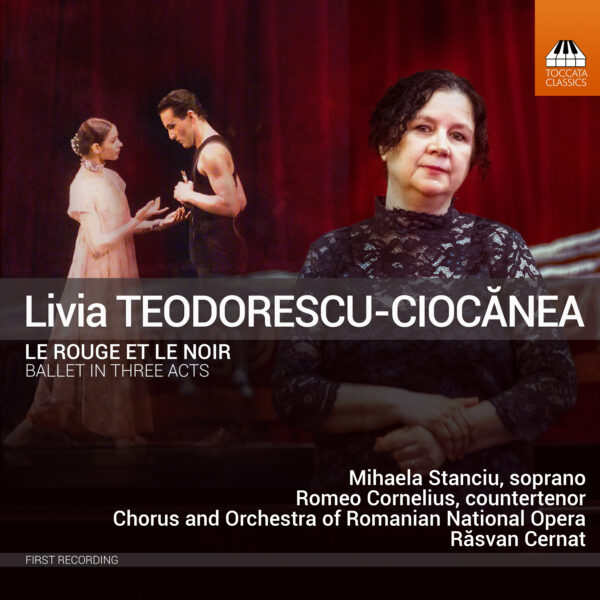
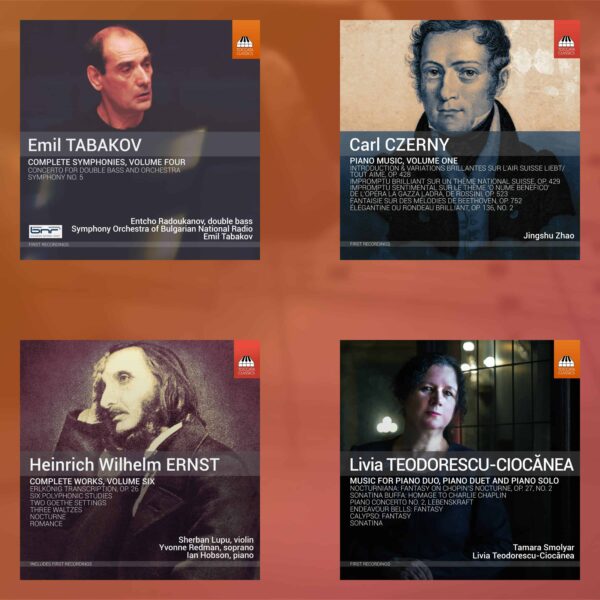
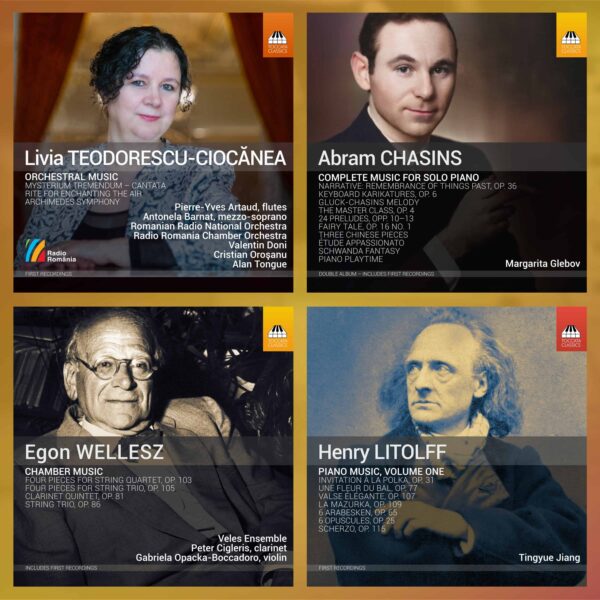
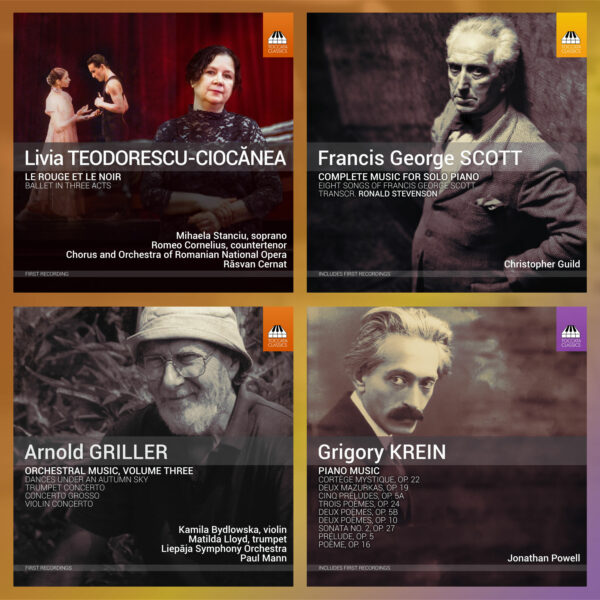
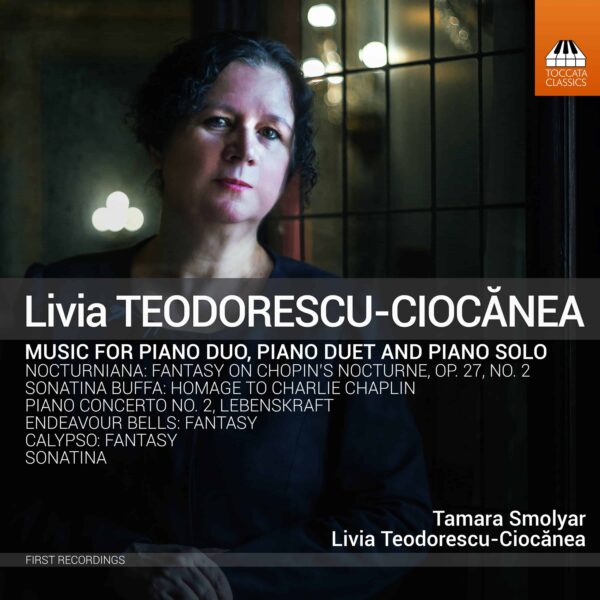
Fanfare :
‘Here’s a composer whose voice is vast, unashamedly hard-hitting, intelligent, and dramatic. […]
This is unforgettable; as powerful a score as one can imagine, a compositional voice of great magnitude. […]
A vibrant, important voice. […]
The music is awesome, in the literal non-overused sense of the word. Granitic, muscular, powerful, it refuses to let the listener go. in the act II Passacaglia (scene 1, “The Mayor’s House”) the music seems to seethe and heave, the orchestra working as one huge instrument in its sonic mass. […]
An imagination as wide as the Universe converge in a sound stage that is positively hypnotic. […]
A staggering achievement, by composer, by conductor, by orchestra, by sounds engineers. Overwhelming.’
—Colin Clarke, Fanfare
Fanfare :
‘From both a performance and sonic perspective, the Toccata Classics recording does this powerful work justice. […]
It’s nice to be reminded that such uncompromising, powerful and dramatically impactful music for the theatre is still a part of our classical music world.’
—Ken Meltzer, Fanfare